When I am asked to name the best military Land Rover model I have no hesitation in answering – the FC101 or One Tonne Land Rover, writes Bob Morrison.
For more than two decades this unique batch of Land Rovers was thrown out of aircraft flying at 800 feet, was waded through salt sea up to five feet deep and was suspended from helicopters flying at not much more than tree-top height. Once on terra firma, these fascinating little vehicles were expected to tow their own weight, at the same time as carrying a ton of ammunition and anything up to a dozen strapping Paras or Commandos.
Conceived in the mid-1960s, the Truck, General Service, One Tonne, 4×4, Rover was designed from the outset to be capable of transportation under Royal Navy helicopters. Its primary role was to be gun tractor for a proposed new 105mm light artillery piece, and to tow ammunition resupply trailers for this gun. Entering service in 1975, after a protracted design and test period, the vehicle was to serve in this role until the mid-1990s with Britain’s crack airborne, amphibious and airmobile forces. When the Rapier anti-aircraft missile system entered service with the Royal Artillery and Royal Air Force, this compact Land Rover was converted for the job, and fifteen years after rolling off the production line it deployed to the Gulf War in this specialist role with the Army (I know, as I photographed one out there with live Rapiers deployed). Known to troops as the One Tonne (pronounced One-Tunny, plural One Tunnies) and occasionally as the FC101, the new Land Rover was the most compact ever produced by Solihull. As it sat on standard 9.00 x 16 tyres, the 101 gave the initial appearance of being a large vehicle, but when stood next to a soft top 109” long wheelbase Rover its true size became apparent. Measuring just 4125mm long (13’6”), its length sat squarely between that of 88” and 109” Series III Land Rovers, and it was only about 160mm (6”) taller and wider than them. Despite these compact dimensions, the vehicle’s forward control or cab over engine design and basic rear body construction gave it a load bed area of approximately 2500x1700mm. As can be guessed by its official military designation, design payload was 1000 kilogrammes, but this figure was regularly exceeded in operational conditions. The One Tonne made its public debut at the 1968 FVRDE show, but it was to be another four years before the pre-production batch was completed for user trials. The first production batch was accepted for general service in 1975, and batch manufacture was completed during the following year. Although intended only for British military use, Luxembourg ordered between fifty and sixty vehicles at this time to equip troops dedicated to NATO’s multinational ACE Mobile Force and a small number were procured by Egypt. It is believed that the Egyptian 101s were used as anti-armour vehicles, mounting the British Aerospace Swingfire system, but I have only ever seen one blurred and grainy photo of these vehicles in print. Terry Gander of JANE’S also stated that Iran bought some, presumably before the Shah was deposed. So why was the One Tonne such an unusual and, consequently, long-serving vehicle? In essence, the design team got it just about right from the outset. Although Land Rover had tried various attempts at providing both airportable and high capacity vehicles to meet several military specifications, they had tended to stick closely to the traditional layout and drive train configuration. Even the Forward Control 109 and 110 models of the sixties used pretty much standard chassis and body panels, with the result that they always looked like a compromise. With the FC101 model they had to go back to the drawing board. The Fighting Vehicle Research Development Establishment (later the Military Vehicle Engineering Establishment), which was then at its peak at the height of the Cold War, also had a hand in the design, and for once their input was of a more practical and less experimental nature. When it eventually entered full service in 1975, the One Tonne was by far the most powerful vehicle in its class. It’s V8 engine (from the Range Rover) produced a stunning 128 brake horsepower at 5000 rpm, which was 85 percent up on that of the 4-cylinder engine in Series III 109, but even fully laden it weighed only 20 percent more. Speed had to be pegged back to 120 km/hr or 75mph to prevent accidents. As for the requirement to carry 1000 kg, it did so easily, and the troops soon found that the vehicle could be abused with impunity. On 5 Airborne Brigade exercises it was not unusual for gun tractors to carry 1000kg of simulated ammunition, eight gunners with their bergens and full equipment, a couple of spare jerrycans of fuel and camouflage nets for the gun line, all while towing 1800kg of artillery piece over rough ground. And this is after being buffeted around inside an aircraft flying at low level for several hours and then being thrown out on parachutes from a height of eight hundred feet!.
.
As I hope to return to the One Tonne story in future articles, I will use this as my break point. All accompanying photos, other than the Restoration shot, are of Para Rovers taken during exercise in the early 1990s. I reckon they are pretty unique as at this time most MoD photo were still being shot in black & white.
If you came to this page from Facebook or Twitter please Share or Retweet. Thanks.
[images © Bob Morrison]


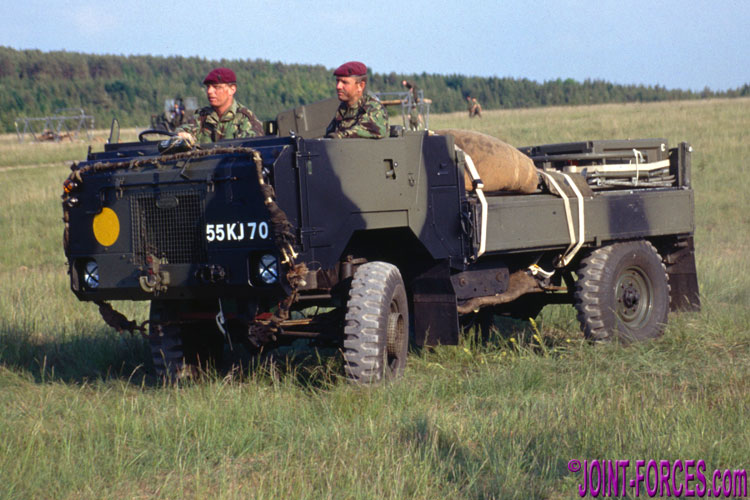
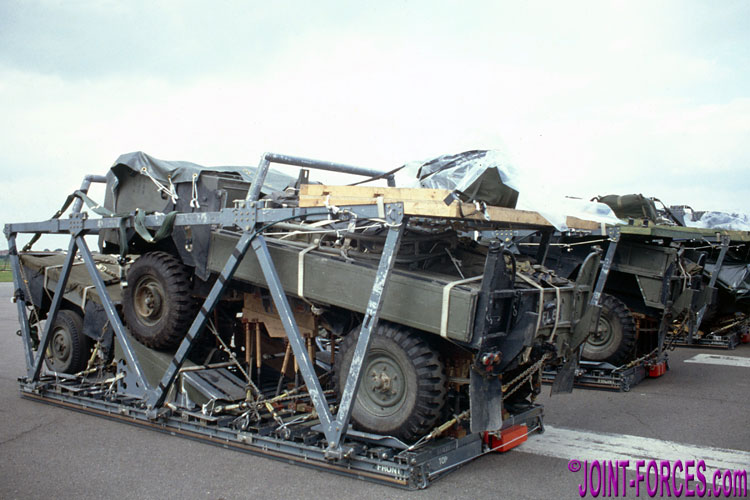
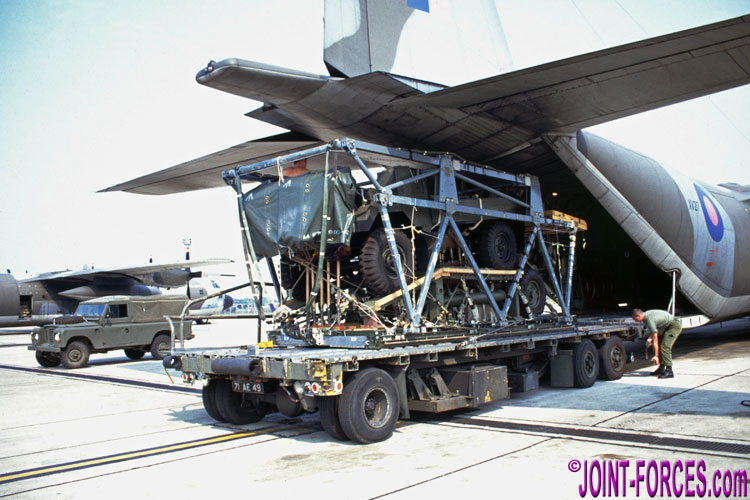
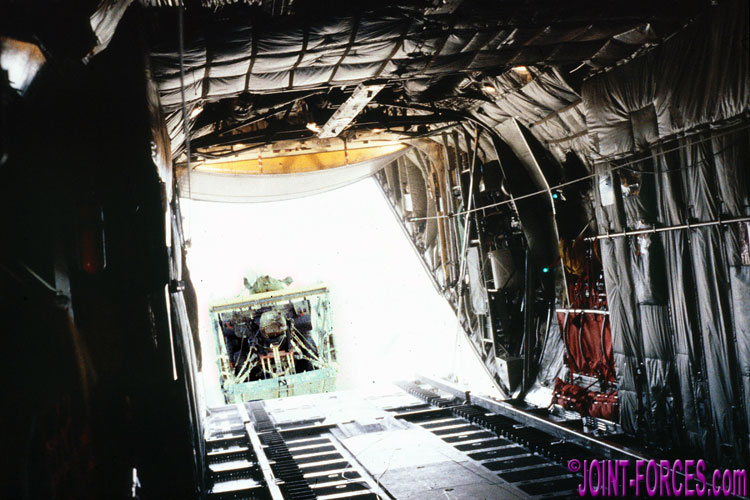
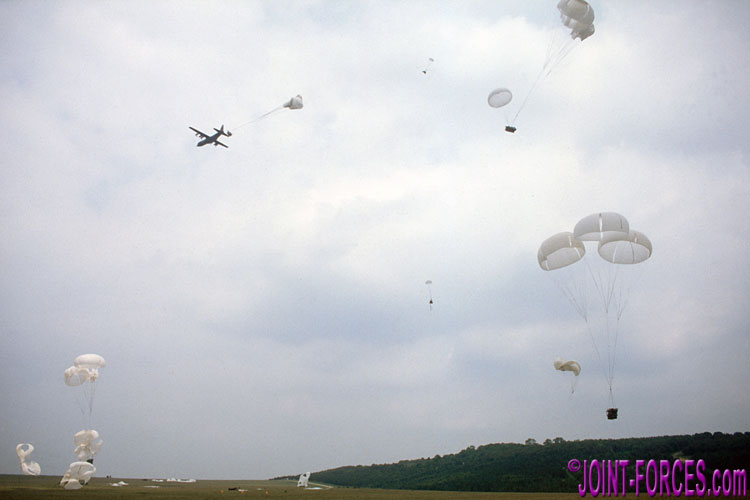
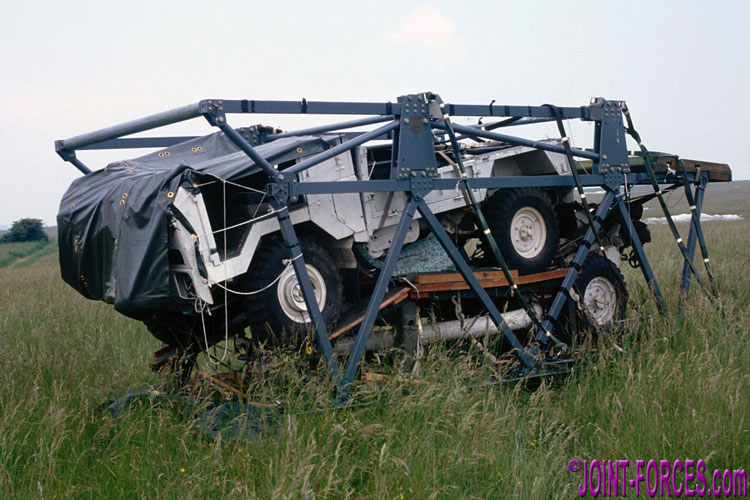

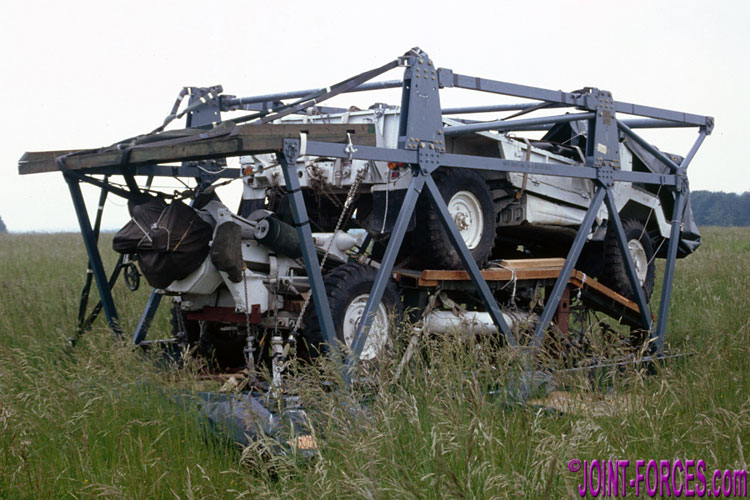
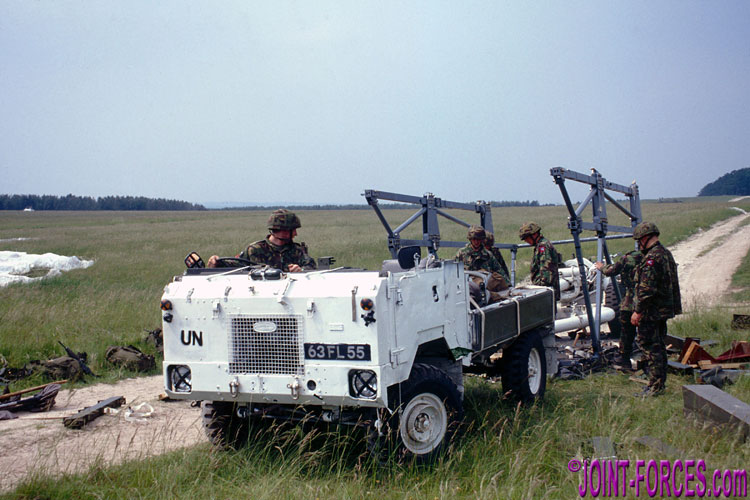
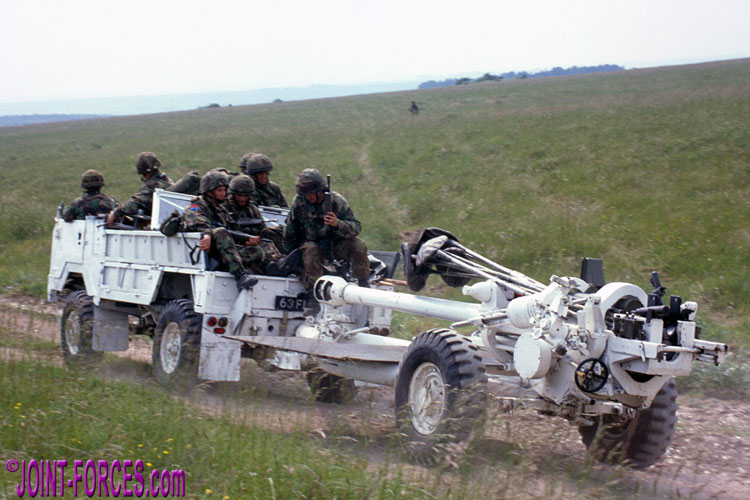
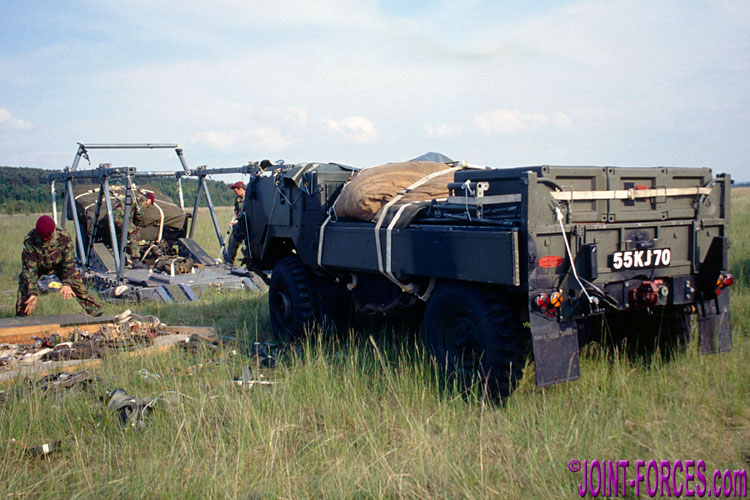
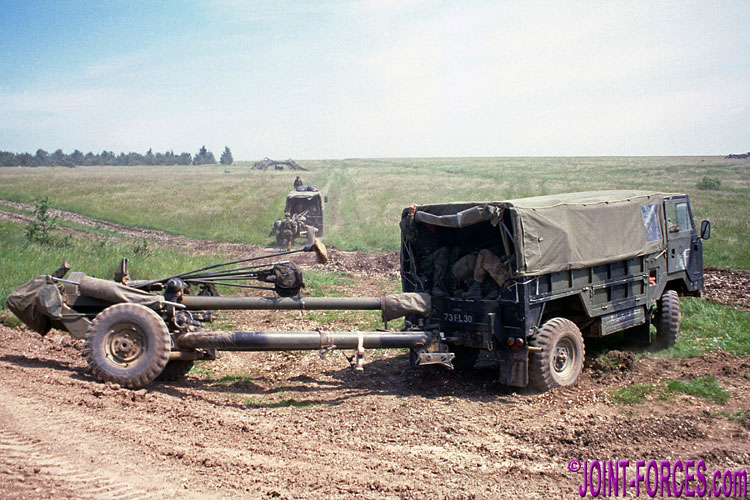
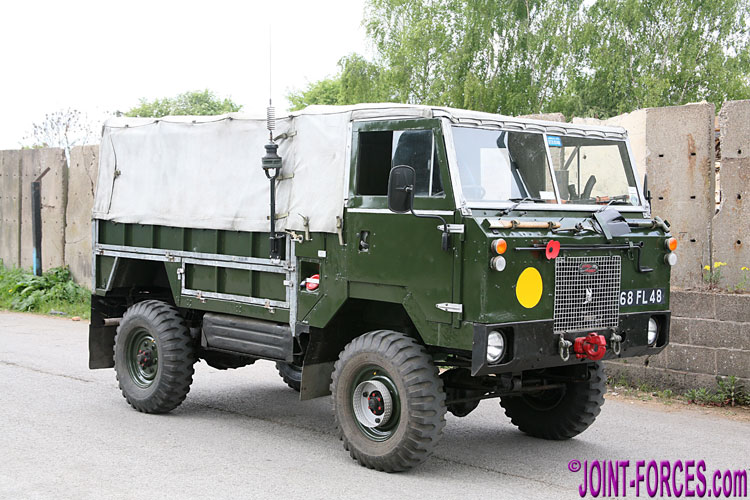
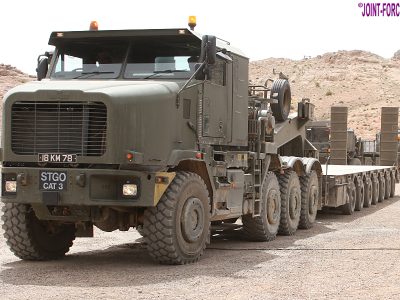
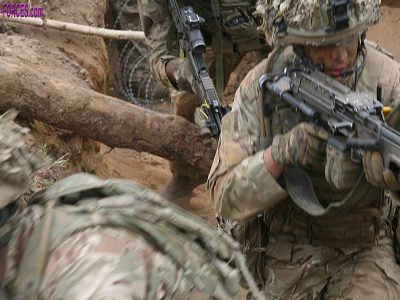
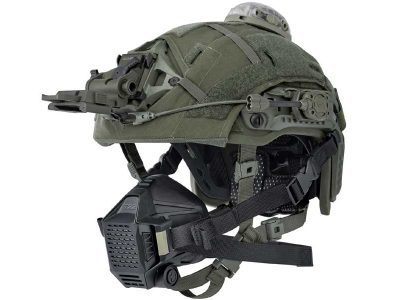
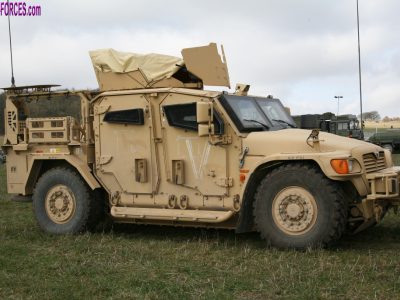



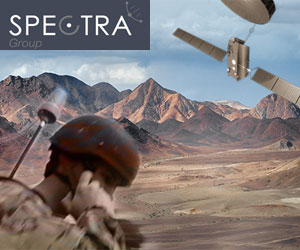








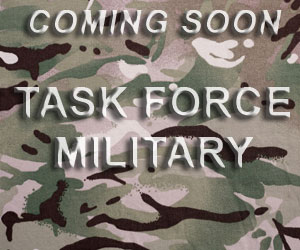

Pingback : Frank Elson on LRO Show 2022 | Joint Forces News